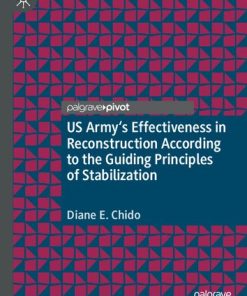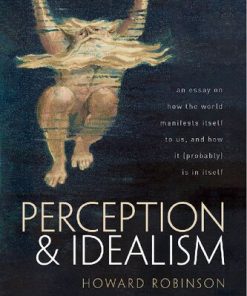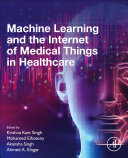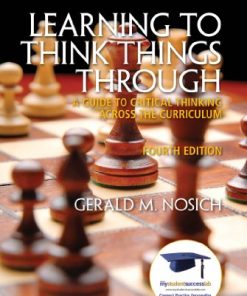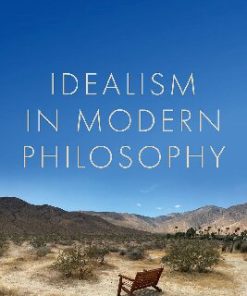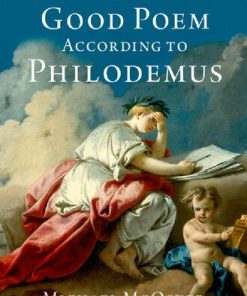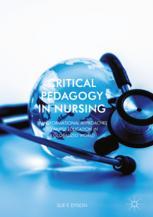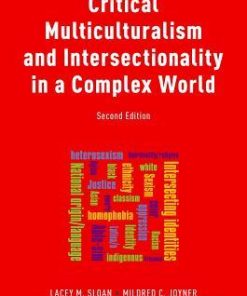The World According to Kant Appearances and Things in Themselves in Critical Idealism 1st edition by Anja Jauernig 0192646279 9780192646279
$50.00 Original price was: $50.00.$25.00Current price is: $25.00.
The World According to Kant: Appearances and Things in Themselves in Critical Idealism 1st edition by Anja Jauernig – Ebook PDF Instant Download/DeliveryISBN: 0192646279, 9780192646279
Full download The World According to Kant: Appearances and Things in Themselves in Critical Idealism 1st edition after payment.
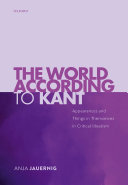
Product details:
ISBN-10 : 0192646279
ISBN-13 : 9780192646279
Author : Anja Jauernig
The world, according to Kant, is made up of two levels of reality: the transcendental and the empirical. The transcendental level is a mind-independent level at which things in themselves exist. The empirical level is a fully mind-dependent level at which appearances exist, which are intentional objects of experience. The distinction between appearances and things in themselves lies at the heart of Kant’s critical philosophy and has been the focus of fierce debate among scholars for over two hundred years. Anja Jauernig offers this interpretation of Kant’s critical idealism as an ontological position, which comprises transcendental idealism, empirical realism, and a number of other basic ontological theses, as developed in the Critique of Pure Reason and associated texts. In this interpretation Kant is a genuine idealist about empirical objects, empirical minds, and space and time. Yet in contrast to other intentional objects, appearances genuinely exist, which is due to both the special character of experience compared to other kinds of representations such as illusions or dreams, and to the grounding of appearances in things themselves. This is why Kant can also be considered a genuine realist about empirical objects, empirical minds, and space and time. This book spells out Kant’s case for critical idealism thus understood, pinpoints the differences between critical idealism and ordinary idealism, and clarifies the relation between Kant’s conception of things in themselves and the conception of things in themselves by other philosophers, in particular Kant’s Leibniz-Wolffian predecessors.
The World According to Kant: Appearances and Things in Themselves in Critical Idealism 1st Table of contents:
1. Introduction—the Plan for this Book and the Lay of the Land
1.1 General Project Description: Understanding Kant’s Critical Idealism
1.2 Mapping Different Interpretations of Kant’s Critical Idealism
1.3 Putting My Reading on the Map
1.4 The Vagaries of the Classic Two-World View’s Fortune
1.5 Concrete Plan
2. The Nature and Ontological Status of Appearances
2.1 The Full Mind-dependence of Appearances and their Distinctness from Things in Themselves
2.2 Appearances are Intentional Objects of Representations
2.3 Capturing the Relevant Sense of Mind-dependence and Mind-independence
2.4 Appearances and Perception
2.5 Appearances, Perception, and Experience
2.6 The Oneness of Experience
2.7 The Impossibility of Experience
2.8 Actual or Possible Experience?
2.9 Inner Appearances and Inner Experience
3. Kant’s Transcendental Idealism and Empirical Realism
3.1 Empirical Objects are not Things in Themselves but Appearances
3.2 How to Simultaneously be an Idealist and a Realist Who Is Opposed to Berkeley
3.3 Core Theses of Transcendental Idealism and Empirical Realism I: the Ontological Status of Empirical Objects
3.4 Core Theses of Transcendental Idealism and Empirical Realism II: the Ontological Status of Space and Time
3.5 Empirical Objects, Empirical Realism, and the Two-aspect View
3.6 Core Theses of Transcendental Idealism and Empirical Realism III: the Ontological Status of Empirical selves
4. Kant’s Case for Transcendental Idealism and Empirical Realism
4.1 The Foundational Structure of Transcendental Idealism and Empirical Realism
4.2 The Argument for Transcendental Idealism in the Transcendental Aesthetic
5. Things in Themselves and their Relation to Appearances
5.1 Things in Themselves Ground Appearances, Appearances are Appearances of Things in Themselves
5.2 Confusion Prevention I: the Ambiguity of the Term ‘Appearance’
5.3 Confusion Prevention II: the Empirical Distinction between Things in Themselves and Appearances
5.4 Confusion Prevention III: the Secondary Qualities Analogy
5.5 Confusion Prevention IV: the Grounding of Appearances in Things in Themselves Need not be a One-to-one Mapping
5.6 Kant versus Berkeley, Part II
5.7 Transcendental Selves and the Grounding of Empirical Selves
5.8 The Human Being and its Multiple Distinct Parts, or Why the Empirical and the Transcendental Self are not Numerically Identical
5.9 Additional Core Theses of Critical Idealism_ Things in Themselves and the Grounding of Appearances
5.10 Kant’s Case for Passivity, Grounding, and Existence
6. Kantian Things in Themselves, Leibniz-Wolffian Things in Themselves, and Fictionalism
6.1 Realism about Kantian Things in Themselves
6.2 Leibniz-Wolffian Things in Themselves and the Odd Argument for Transcendental Idealism
6.3 Fictionalism about Things in Themselves
6.4 Fictionalism, Leibniz-Wolffianism, and Noumena
6.5 The Special Status of Leibniz-Wolffian Things in Themselves and the Odd Argument Revisited
6.6 The Indirect Argument for Transcendental Idealism Based on the Antinomies and Another Possible Featur
People also search for The World According to Kant: Appearances and Things in Themselves in Critical Idealism 1st:
according to kant the noumenal world is
according to kant the world we know about is the
according to kant the world we experience
according to kant the mind conforms to the world
what is the highest good according to kant
Tags: The World According, Kant, Appearances, Things, Critical Idealism, Anja Jauernig
You may also like…
Politics & Philosophy - Social Sciences
Poetry - American Poetry
Uncategorized
Uncategorized
Education Studies & Teaching
Politics & Philosophy - Social Sciences
Critical Multiculturalism and Intersectionality in a Complex World 2nd Edition Lacey M Sloan




